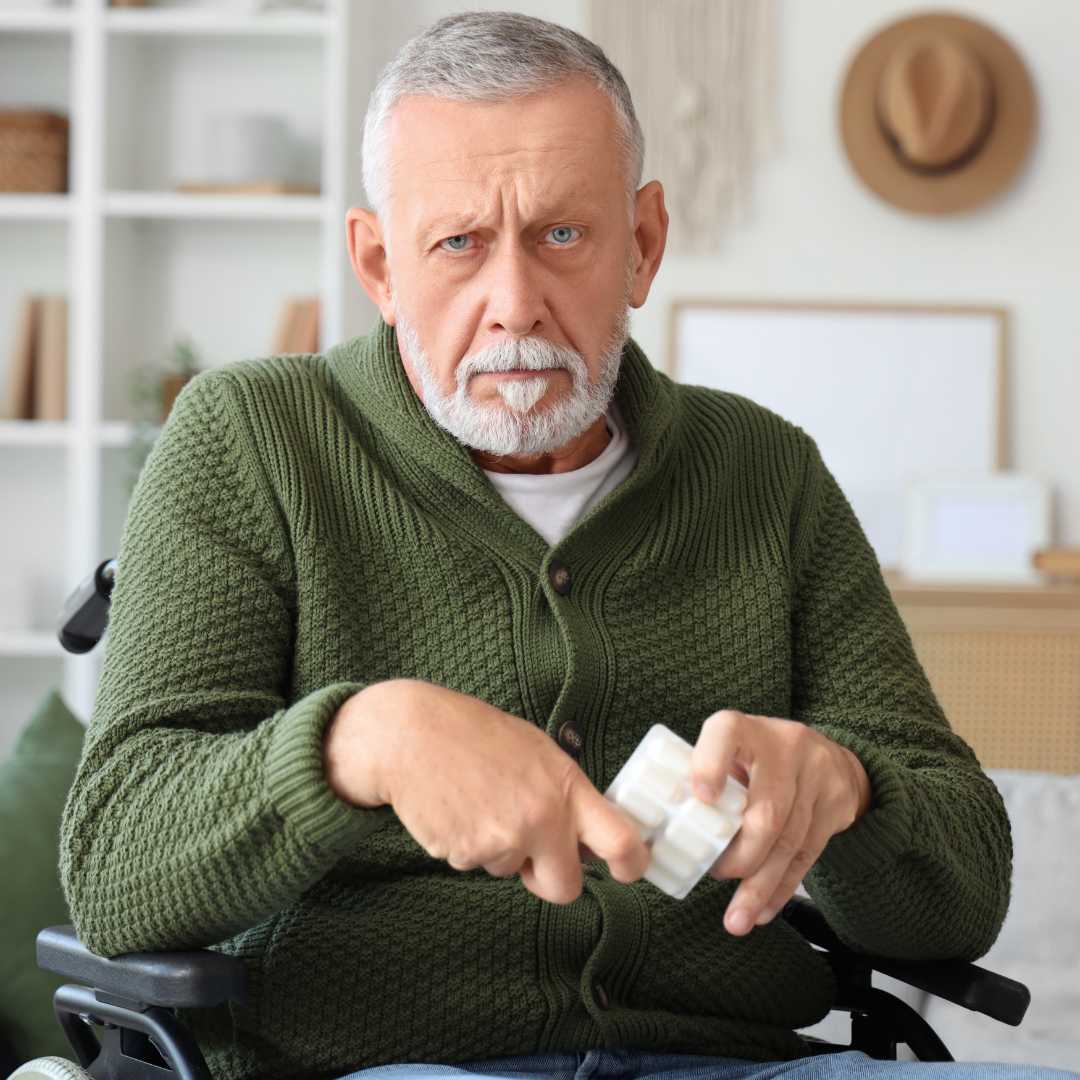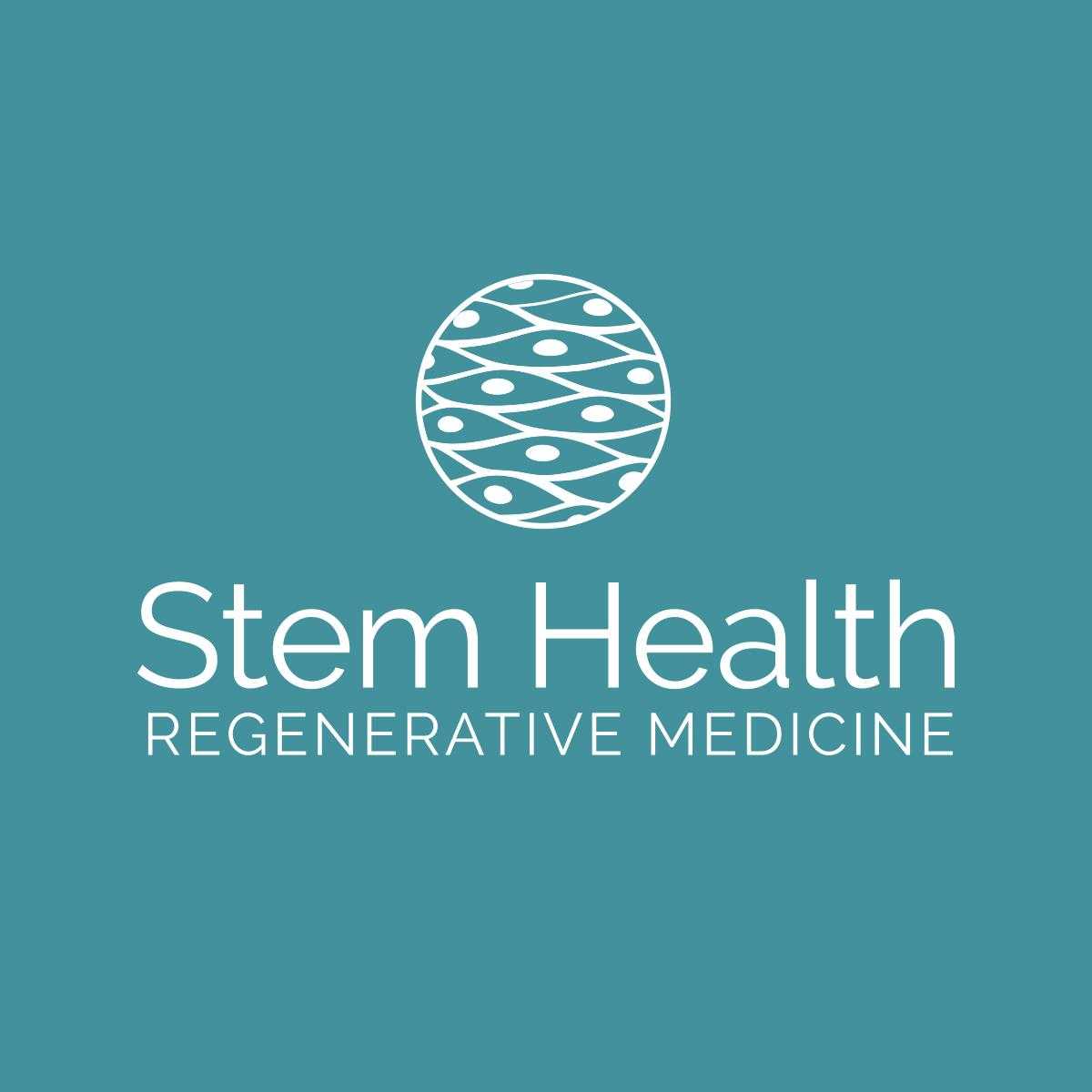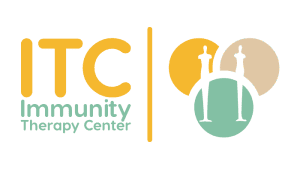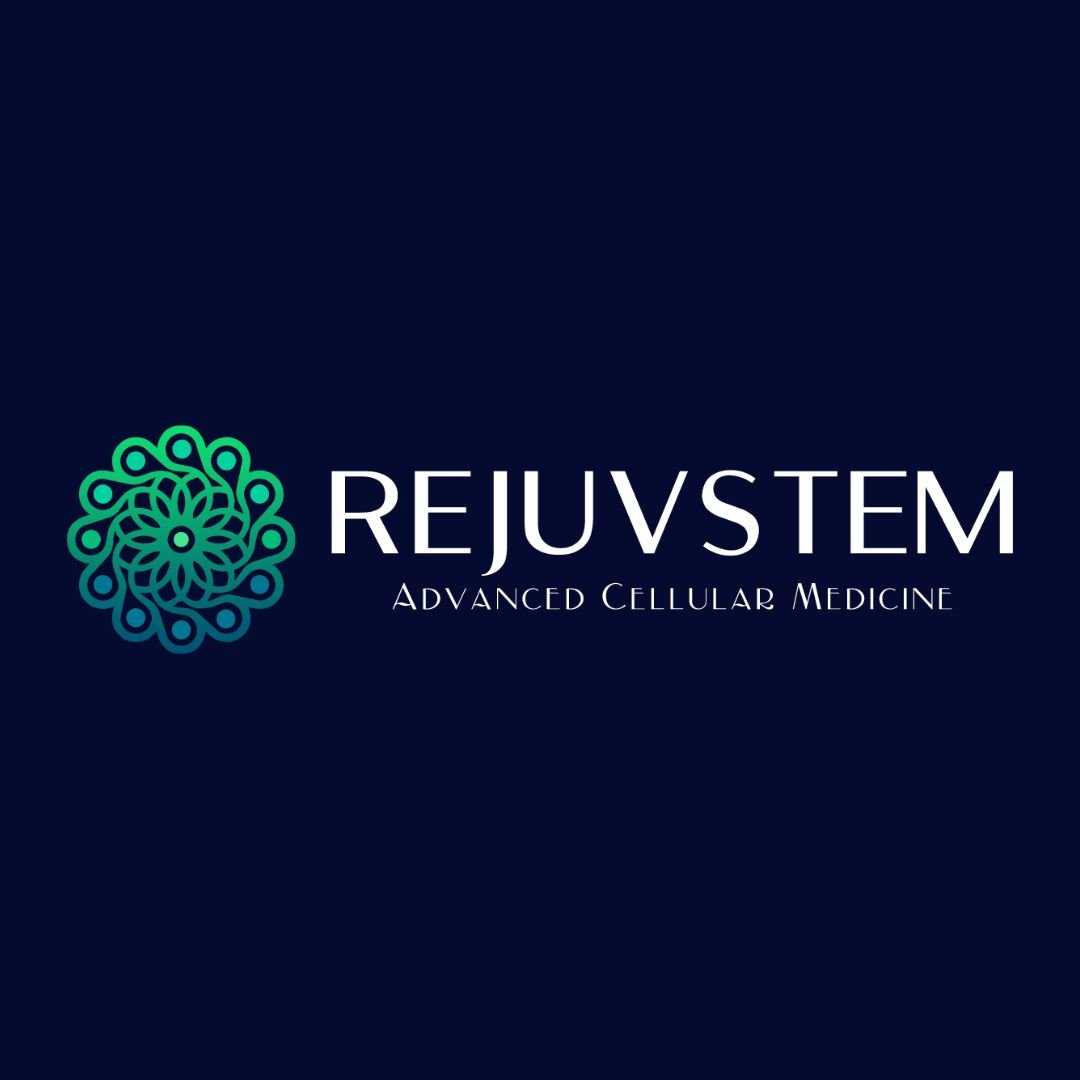Tendon Repair with Stem Cells in Mexico: Costs, Safety, and Results
Are you struggling with a nagging tendon injury that just won't heal? You're not alone. Tendonitis, tears, and chronic pain are frustratingly common, often leaving active people sidelined and searching for answers beyond cortisone shots or invasive surgery. This brings us to a rapidly growing solution: tendon injury stem cell therapy in Mexico. If you've heard the buzz but aren't sure what to believe, you're in the right place.
To put it simply, seeking treatment in Mexico offers access to advanced regenerative medicine protocols—specifically "expanded" stem cells—that are often unavailable or prohibitively expensive in the United States and Canada. This allows for a more potent treatment at a fraction of the cost, without sacrificing safety or quality. But it's natural to have questions. Is it safe? How does the process work? And is it really worth the trip?
In this guide, we’ll walk you through everything you need to know. We’ll ditch the medical jargon and talk like real people, covering the entire journey from the initial consultation to your return home. We will explore the benefits, the potential risks, and the real-world logistics of getting regenerative medicine in Mexico. Whether you are a professional athlete or just want to get back to gardening without pain, understanding these options can be a game-changer for your recovery.
What is stem cell therapy for tendon injuries?
Stem cell therapy is a cutting-edge approach to healing that moves beyond just managing symptoms. Instead of masking pain with medication or physically sewing tissue back together with surgery, this therapy utilizes the body's own "building blocks." When injected into an injured tendon—like a rotator cuff or Achilles—these cells go to work by signaling your body to repair the damaged fibers.
In Mexico, clinics often use Mesenchymal Stem Cells (MSCs). These are special because they have a unique ability to differentiate into various tissue types, including tendon and ligament cells. More importantly, they act as "managers" of the healing process, releasing growth factors that reduce inflammation and organize the repair of the tissue architecture.
This therapy is particularly effective for chronic degenerative tendon conditions (tendinopathy) where the tissue has started to break down, as well as for partial tears. It offers a bridge between conservative physical therapy and aggressive surgical intervention.
How much does stem cell therapy for tendon injuries cost in Mexico?
One of the biggest drivers for medical tourism is cost. In Mexico, you can expect to pay significantly less than you would in the US for a superior treatment protocol. The price typically includes the medical consultation, the stem cell product (often comprising millions of expanded cells), the procedure itself, and follow-up monitoring.
It is important to note that "cheaper" does not mean "lower quality." The lower costs are largely due to the lower cost of living and operation in Mexico, as well as different insurance regulations for doctors. A package that costs $5,000 in Tijuana might cost upwards of $15,000 to $25,000 in the US for a similar (or sometimes inferior) cell count.
Most clinics offer transparent, all-inclusive pricing. However, you should always clarify if the quote includes pre-procedure imaging (like MRIs) or transportation from the airport. High-end packages may even include hotel stays.
Cost Comparison: Mexico vs. USA vs. Canada
To give you a clearer picture of the financial landscape, we have broken down the approximate costs for treating a major tendon injury (like a shoulder or knee) across these three regions. Keep in mind that "Expanded Cells" (culturing cells to increase their numbers) is the gold standard but is heavily restricted in the US.
| Feature | Mexico | United States | Canada |
|---|---|---|---|
| Average Cost | $3,500 - $8,000 | $8,000 - $25,000+ | $10,000 - $20,000 (Private) |
| Cell Type Allowed | Expanded MSCs (High Dose) | Non-expanded (Low Dose) | Highly Restricted / Unavailable |
| Wait Time | None (Immediate) | Variable | Months to Years (Public System) |
| Regulatory Body | COFEPRIS | FDA | Health Canada |
For Canadians, the issue is often access rather than just price. Elective regenerative procedures are rarely covered by provincial health plans, and private options are scarce. For Americans, the restriction on expanding cells means they pay more for a treatment that contains fewer active stem cells.
Why is stem cell therapy in Mexico different from the US?
The main difference lies in the regulatory framework. In the United States, the FDA classifies expanded stem cells as a drug, which requires years of clinical trials before they can be sold publicly. Therefore, US doctors are generally limited to "same-day" procedures where they harvest your fat or bone marrow and reinject it immediately. This "soup" contains stem cells, but the numbers are relatively low.
In contrast, Mexico's COFEPRIS allows certified labs to culture these cells. This means they can take a small sample (or use donor cells), put them in an incubator, and grow them until they reach numbers in the hundreds of millions. This high dosage is critical for tackling stubborn tendon injuries that have low blood flow.
This regulatory difference is why many professional athletes travel to Mexico. They aren't just looking for a discount; they are looking for a more potent therapy that is currently tangled in red tape back home.
Is stem cell therapy for tendon injuries safe?
Safety is the top concern for anyone traveling for medical care. In Mexico, reputable clinics operate under strict sanitary licenses and use labs that follow Good Manufacturing Practices (GMP). The Mesenchymal Stem Cells (MSCs) used—especially those from umbilical cord tissue—are "immune privileged," meaning the patient's body rarely rejects them.
That said, safety depends heavily on where you go. You must choose a clinic that is fully licensed by COFEPRIS for regenerative medicine. Avoid "bargain basement" shops that cut corners. Legitimate medical centers use ultrasound guidance to ensure the needle enters the tendon sheath precisely, avoiding nerve or blood vessel damage.
Common side effects are mild and temporary. You might feel some stiffness or aching in the joint for 24 to 48 hours after the injection, which is actually a sign that the inflammatory healing response has been triggered.
What types of stem cells are used in Mexico?
The most popular choice in Mexico today is Allogeneic Mesenchymal Stem Cells derived from Wharton’s Jelly in the umbilical cord. These are harvested from healthy, screened births (not embryonic). These cells are young, vibrant, and have a high capacity for replication, making them ideal for older patients whose own stem cells might be aging.
Alternatively, some patients prefer Autologous Stem Cells. This involves a mini-liposuction to harvest fat or a bone marrow aspiration from the hip. While this uses your own DNA, it requires two procedures (harvesting and injection) and the cell quality depends on your age and health. For tendon repair, the high-dose umbilical cord cells are often preferred for their potent anti-inflammatory properties.
What is the success rate for tendon repair?
While no medical procedure guarantees 100% success, the data for stem cell therapy in orthopedics is promising. For partial tears (where the tendon is damaged but not completely severed), patients frequently report significant pain reduction and improved range of motion.
Success is defined not just by MRI images, but by functionality. Can you lift your arm again? Can you run without pain? Most patients see these improvements within 3 to 6 months. However, for complete, retracted tendon ruptures, stem cells alone are usually not enough. In those cases, surgery might be required to reattach the tendon, potentially followed by stem cells to accelerate the healing.
How long is the recovery time?
Compared to surgery, which can require 6 to 12 months of rehab, stem cell recovery is a breeze. Since there are no incisions to heal, the downtime is minimal. You will likely be told to rest the injured area completely for the first few days to allow the cells to "settle" and attach to the target tissue.
After the first week, you will start gentle physical therapy. This is crucial—movement stimulates the stem cells to align into collagen fibers. By week 6, many patients feel significantly better, though it is vital not to rush back into heavy lifting or sprinting until your doctor gives the green light, usually around the 3-month mark.
Are there any side effects I should worry about?
Serious complications like infection are extremely rare when the procedure is done in a sterile, clinical environment. The most common complaint is a "flare-up" of pain immediately following the injection. This is caused by the volume of fluid entering a tight space and the body's initial immune reaction.
Doctors will often advise you not to take anti-inflammatory medications (like Ibuprofen or NSAIDs) for a few weeks, as these can actually blunt the positive healing response the stem cells are trying to create. Tylenol is usually recommended for pain management instead.
How do I know if I am a good candidate?
Not everyone is a perfect fit. Doctors will request your MRI scans and medical history before you even book a flight. If you have active cancer, a severe infection, or a complete tendon rupture where the ends have pulled apart, you may be disqualified.
However, if you have conditions like Tennis Elbow, Golfer's Elbow, Patellar Tendonitis, or a partial Rotator Cuff tear, you are likely an excellent candidate. Age is less of a barrier with allogeneic (donor) cells, as the potency comes from the donor, not your own aging body.
Is the procedure painful?
Most patients describe the sensation as a pressure or a pinch. The doctor will use a local anesthetic (like lidocaine) to numb the skin and the path down to the tendon. Because the injection is guided by ultrasound or fluoroscopy, the needle placement is precise, minimizing unnecessary poking.
If you are particularly anxious or have a low pain threshold, many clinics can offer mild sedation or anxiolytics to help you relax during the 30 to 60-minute session.
How many treatments will I need?
One of the advantages of the high-dose protocols available in Mexico (100 million+ cells) is that it is often a "one-and-done" affair for many injuries. The massive influx of cells provides a strong enough signal to kickstart permanent healing.
In contrast, low-dose treatments in the US might require 2 or 3 trips to achieve the same effect. Of course, every body is different. Some degenerative conditions are progressive and might benefit from a maintenance dose a year or two down the line, but for a specific traumatic injury, a single session is usually sufficient.
How do I choose a reputable clinic in Mexico?
Due diligence is key. Do not just go for the cheapest option on a Facebook ad. Ask for the doctor's credentials—many top specialists in Tijuana, Cancun, and Guadalajara have trained in the US or Europe. Ask specifically about their cell verification: Do they have a flow cytometry report that proves the cells are alive and viable?
Reputable clinics will be happy to have a video consultation with you, review your MRIs, and explain their exact protocol. If they are vague about where the cells come from or cannot show you their license, walk away.
Does insurance cover stem cell therapy in Mexico?
You should plan to pay out of pocket. While some HSAs (Health Savings Accounts) or FSAs might technically reimburse for medical procedures, international regenerative medicine is rarely approved. However, financing options are often available through third-party medical lenders, or the clinics themselves may offer payment plans.
Even without insurance, the total cost including travel is often lower than the deductible and co-pays associated with major surgery in the US, especially when you factor in lost wages from long recovery times.
What is the travel process like?
Medical tourism in Mexico is a well-oiled machine. If you are going to Tijuana, for example, you typically fly into San Diego. The clinic's driver picks you up right at the airport or just across the border, drives you to your appointment, and takes you to a partner hotel. You don't need to rent a car or navigate confusing streets.
For locations like Cancun or Puerto Vallarta, it feels more like a vacation. You fly directly into the international airport, and the clinic handles the logistics. It is a stress-free way to focus entirely on your healing.
Comparison: Stem Cells vs. Surgery
Surgery is structural; it mechanically fixes a problem but involves trauma to the body. Stem cells are biological; they influence the tissue to heal itself. Surgery permanently alters your anatomy—once you cut a tendon, it never heals back to its original 100% strength and elasticity.
Stem cell therapy attempts to restore the natural tissue structure. While surgery is sometimes unavoidable for catastrophic injuries, regenerative medicine is increasingly seen as the first line of defense to try before going under the knife.
Can I combine this with other treatments?
Many Mexican clinics offer "stacked" protocols. They might mix the stem cells with PRP (drawn from your own blood) which acts as a "fertilizer" for the stem cells. Some also use Ozone therapy to improve oxygenation in the tissue. These combinations are designed to give the stem cells the best possible chance of survival and effectiveness.
What happens if it doesn't work?
This is a crucial point for peace of mind. Trying stem cell therapy is a low-risk bet. In the worst-case scenario, if you fall into the small percentage of non-responders, you haven't done any harm. You can still proceed with traditional surgery down the road. You simply tried the conservative, regenerative route first.
Is there an age limit for this therapy?
Regenerative medicine is not just for young athletes. In fact, older adults often benefit the most because their bodies have slowed down their natural repair processes. By introducing young, robust stem cells from a donor, you are essentially borrowing the healing capacity of a much younger person. Patients in their 70s and 80s frequently undergo these treatments to maintain mobility and independence.
Ready to Heal Your Tendon Injury Without Surgery?
Don't let pain dictate your life any longer. Explore safe, affordable, and advanced stem cell options in Mexico today.

.png)
.png)





.jpg)








Share this listing